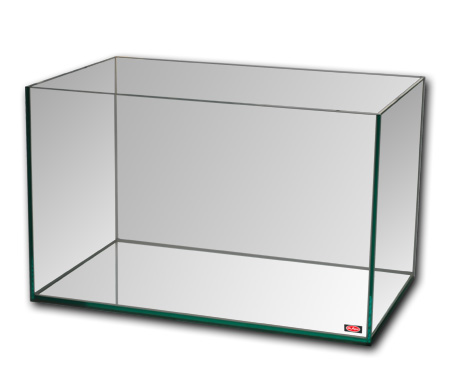Our aquarium water footprint may not yet be at the forefront of how we measure our aquarium’s environmental impact but it should be. With an estimated 1 million private aquariums in the US not to mention a growing population of aquaculture facilities and a healthy amount of public aquaria, there is no question that our fascinating with aquatic life places a very big demand on that precious liquid resource we call H2O. Between the water changes, the replaced evaporated water, skimmate and the water used to clean aquarium gear, even the smallest aquariums use more water than many of the individuals living in arid climates. Some back of the envelope calculations: in the dry and high altitude air of central Colorado, is not unusual for an average open top 125 gallon reef tank to lose 5 gallons a day. So before any water changes are taken into consideration, a large reef can consume upwards of 1500 gallons a year just to make up for evaporation. Now obviously this might be on the high end of the scale but it is still a valid concern. Although the reefing hobby is well on it’s way to becoming collectively more energy efficient, we ought to start thinking about ways that we can also reduce the water demands of our reef aquaria. I think one of the neatest ways to begin moving in that direction is for aquaculturists to start calculating how much water it takes for them to produce a given frag. We may not be there yet but surely there will come a day when an intensive coral propagation facility will take pride in how their green slimers only used 1 gallon per frag in it’s lifetime and they could market that to their advantage over a competing frag vendor. Of course we are not even close to figuring out any standardized ways to begin calculating our aquarium water footprint but mark my words, that will day will come, and it will be sooner than we all think.
This post was inspired by a story on National Geographic regarding our general water footprint in life and in the goods and services we use. Let’s get a discussion started about aquarium water footprint and we all look forward to reading your ideas in the comments for how we can all collectively become better stewards of our most precious natural resource, water.




